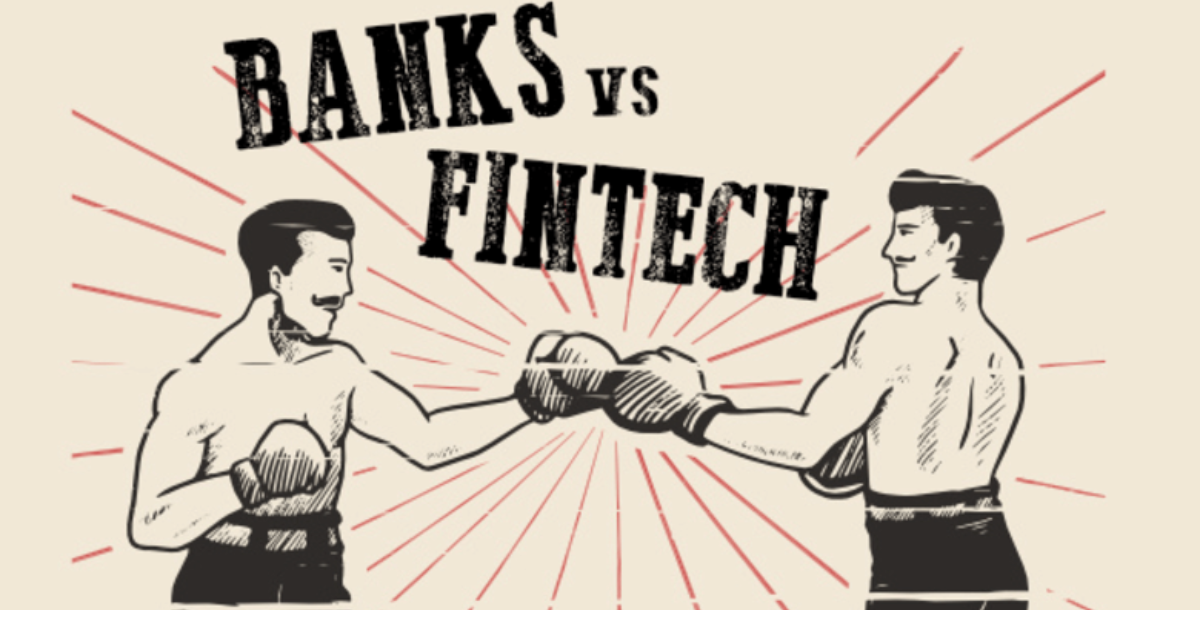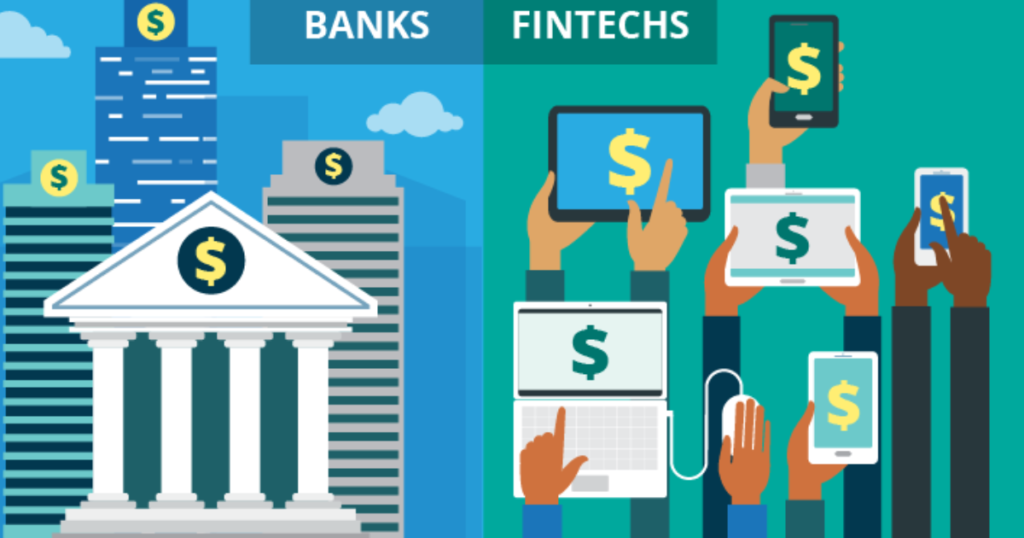How Fintech Entrant into Egypt is Improving the Traditional Banks' Offerings

Egypt’s transformational legislation, combined with the impact of Covid-19, resulted in a 230% increase in cashless payments in the North African country in 2021 and a remarkable growth rate of 300% in investment funding in the same year. The country’s financial sector is now a toss-up between fintech and commercial banks.
Fintechs are companies that use information technology to provide financial services, Peer-to-peer lending, collective savings schemes, crowdfunding, e-payment networks, micro-insurance, and cryptocurrency are among their business models. Over the years, the Egyptian market has grown slowly but steadily in recent years, with the number of Fintech startups steadily increasing. Although it kicked off with the AUC Venture Lab Fintech Accelerator, created by the American University in Cairo and the CIB. Fawry, is the most successful fintech company in the country, being the only tech unicorn in the region with 29.3 million customers and over 3 million daily transactions.
The rise of fintech firms has posed a serious threat to banks’ role as the sole providers of financial services. MIT’s 2016 “Digital Banking Manifesto” predicts disruptive change in the financial services industry, leading to the “end of banks.” Banks have recently evolved from traditional banking practices to deploying new means of survival to remain in business.
A Brief History of Egypt’s Banking Industry
Egypt has been the north African region’s banking powerhouse for centuries. The industry is also one of the most stable in the region, having weathered both the economic turmoil that followed the Arab Spring and a more recent foreign currency crisis that saw government auctions of US dollars and the growth of a parallel foreign currency market.
With the establishment of the Bank of Egypt in 1858, Egypt’s formal banking sector was born. Six years later, the Anglo-Egyptian Bank entered the fray, and several other foreign institutions followed suit, serving a rapidly expanding economy and the most diverse population in the Middle East.
Until 1898 when the National Bank of Egypt (NBE) was established with British capital and given the authority to issue Egyptian banknotes gold coins were the primary medium of exchange. Banque Misr was the first purely Egyptian bank, established in 1920.
Former President Anwar Sadat’s open-door policy in the 1970s reopened the banking sector to private ownership, and Law No. 120 of 1975 established three types of banks: commercial banks, which accepted deposits and offered financing and other customer services; business and investment banks, which focused on medium- and long-term financing of new businesses and fixed asset investments, while also accepting deposits and offering commercial services such as trade finance; and cooperative banks.
How Fintech and the Traditional Banks

The banks and the fintech firms have always maintained a hostile relationship, where in some cases, they compete with each other, while in others, they collaborate. They are usually viewed as rivals, but in the case of Egypt’s three largest commercial banks, it’s that of ‘if you can’t beat them, you join them.’
The banking market in Egypt is dominated by three powerful local banks: the National Bank of Egypt (NBE), Banque Misr, and Banque du Caire. In terms of total assets and total profitability, they account for 70% of the market.
The pandemic accelerated the global adoption of fintech solutions, but Egypt’s government was already making strides toward a cashless society and the provision of digital financial services before Covid-19 struck. The 2019 FinTech and Innovation Strategy and its new 2020 banking law adequately strengthen the sector.
The Banks Offerings
Following approval by the Central Bank of Egypt, Egypt’s largest national banks – Banque Misr, National Bank of Egypt, and Banque du Caire – along with a leading MEA-focused venture capital firm, Global Ventures, launched a large fintech fund called Nclude by Global Ventures in an attempt to remain relevant in the scheme of things and provide healthy competition (CBE).
The National Bank of Egypt which has the largest widespread network of branches and outlets with 584 branches and captures the largest 24/7 ATM network also provides a seamless loan for auto purchases as well as general-purpose loans. It also runs new generation branches which offer fully electronic banking services through alternative channels to promote self-service and achieve the bank’s digital transformation plans. To ensure that it continues to provide a seamless service, NBE also provides more than 43 ATMs for people with special needs and 101 ATMs for visually impaired customers, while planning to expand these machines in all its branches. On another note, NBE operates more than 38 branches via solar energy.
Furthermore, to stand any chance of competing, the commercial banks have accelerated their adoption of technology in their day-to-day operations, which supports the financial inclusion drive which allows them to lower costs, increase their customer base more efficiently, and penetrate Egypt’s large and dispersed population. In line with regulatory requirements, digitalization is also improving access to financial tools and increasing the amount of data available for credit assessment, particularly for SMEs, which in turn reduces the time and the needless paperwork for accessing loans.
To increase financial inclusion, commercial banks have expanded their traditional services to include point-of-sale terminals, particularly in rural communities where there are no automated teller machines, as well as the provision of mobile banking apps and the USSD Code, to improve the banking experience. Banks also handle utility payments, paperless and instant loans, as well as Buy-Now-Pay-Later (BNPL) financing options.
Fintech entrants into the Egyptian banking sector have not only created healthy competition but have also assisted banks in improving their offerings, resulting in increased access to bank services and better service.
